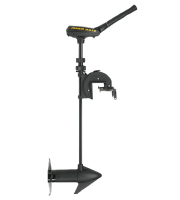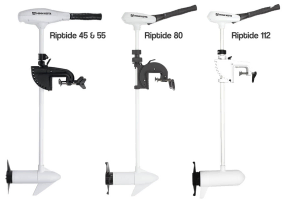Home
>>
Minn Kota
Minn Kota
Transom Mounted Electric Outboard Motors
Minn Kota Electric outboard Motors available through mail order from the UK's Kayaks & paddles Canoe Shop. Minn Kota Electric Outboard Motors are quiet, environmentally friendly, simple to use and super efficient. These motors are a popular choice for fishing, trolling and hunting outboards getting you where you want to be cleanly and quietly.
SUMMER SAVINGS
Discover Our Top Offers - Now Live


